HEAD TO TOE 2: Scalp and Hair Assessment
1/20
Earn XP
Description and Tags
⚠️ DISCLAIMER! These flashcards include images of scalp and hair conditions intended for educational purposes only. Some content may be distressing or uncomfortable for certain viewers. Viewer discretion is advised.
Name | Mastery | Learn | Test | Matching | Spaced |
|---|
No study sessions yet.
21 Terms
Scalp and Hair Assessment
This is the evaluation of the scalp and hair for texture, distribution, cleanliness, lesions, or abnormalities
Inspect the scalp and hair for general color and condition
At 1-inch intervals, separate the hair from the scalp and inspect and palpate the hair and scalp for cleanliness, dryness, or oiliness, parasites, and lesions
Inspect amount and distribution of scalp, body, axillae, and pubic hair. Look for unusual growth elsewhere on the body
3 Procedures of Scalp and Hair Assessment
Inspect the scalp and hair for general color and condition
One of the procedures of Scalp and Hair Assessment
Observe the scalp and hair for overall color, uniformity, and any signs of dryness, oiliness, dandruff, lesions, or abnormalities
At 1-inch intervals, separate the hair from the scalp and inspect and palpate the hair and scalp for cleanliness, dryness, or oiliness, parasites, and lesions
One of the procedures of Scalp and Hair Assessment
Parts hair in sections to check for cleanliness, moisture, parasites, and scalp lesions
Inspect amount and distribution of scalp, body, axillae, and pubic hair. Look for unusual growth elsewhere on the body
One of the procedures of Scalp and Hair Assessment
Assess hair quantity and distribution on the scalp, body, axillae, and pubic areas, noting any abnormal growth patterns
Natural (black)
Normal Findings sample documentation for color of the hair
Even
Normal Findings sample documentation for distribution of the hair
Scalp is clean & dry c̄ sparse dandruff visible, hair is smooth & firm s̄ lesion or lice infestations
Normal Findings sample documentation for condition of the hair
(1) Nutritional Deficiencies
(2) gray
(3) copper red
Abnormal Findings for color and condition for scalp and hair
(1) ___ ___ may cause patchy (2) ___ hair in some clients
African American children may cause a (3) ___ ___ hair color
Alopecia
Systemic Lupus Erythematous
Pediculosis Capitis (kuto)
Tinea Capitis
Folliculitis
Hirsutism
Abnormal findings for scalp and hair assessment
Alopecia
One of the abnormal findings for scalp and hair assessment
The partial or complete loss of hair on the scalp or body due to various causes, including genetics, medical conditions, or external factors
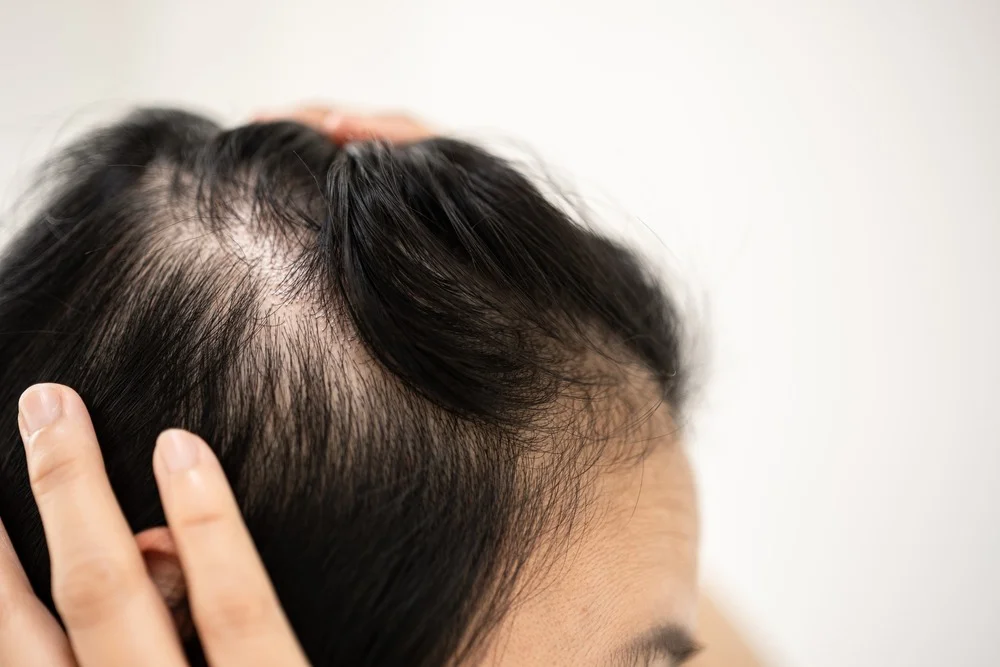
Systemic Lupus Erythematosus
One of the abnormal findings for scalp and hair assessment
Patchy hair loss may result from infections of the scalp, discoid or ___ ___ ___, and some types of chemotherapy
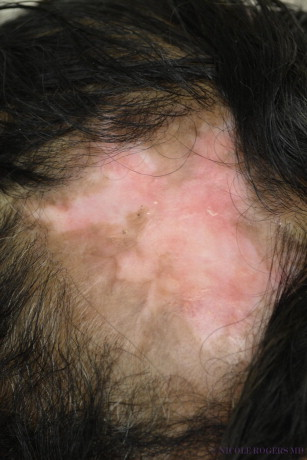
Pediculosis capitis
One of the abnormal findings for scalp and hair assessment
This is an infestation of the scalp and hair by head lice, causing itching, irritation, and possible secondary infections
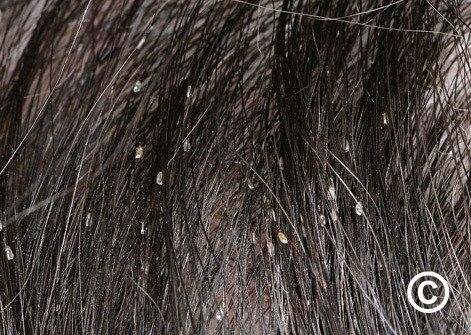
Tinea Capitis
One of the abnormal findings for scalp and hair assessment
A fungal infection of the scalp and hair, caused by dermatophytes, leading to scaly patches, hair loss, and itching
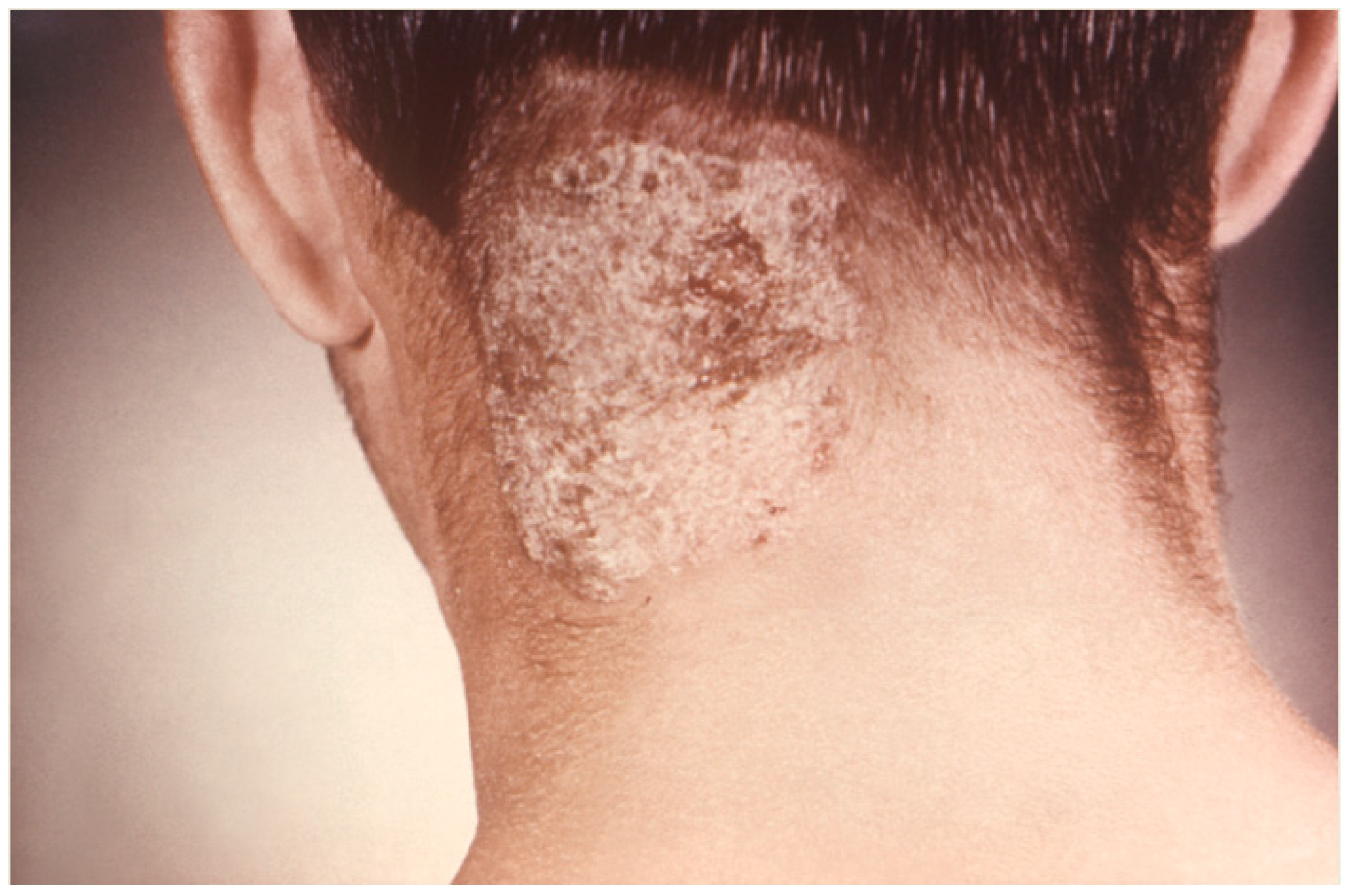
Folliculitis
One of the abnormal findings for scalp and hair assessment
An inflammation of the hair follicles, often caused by bacterial, fungal, or viral infections. It appears as pustules surrounded by erythema
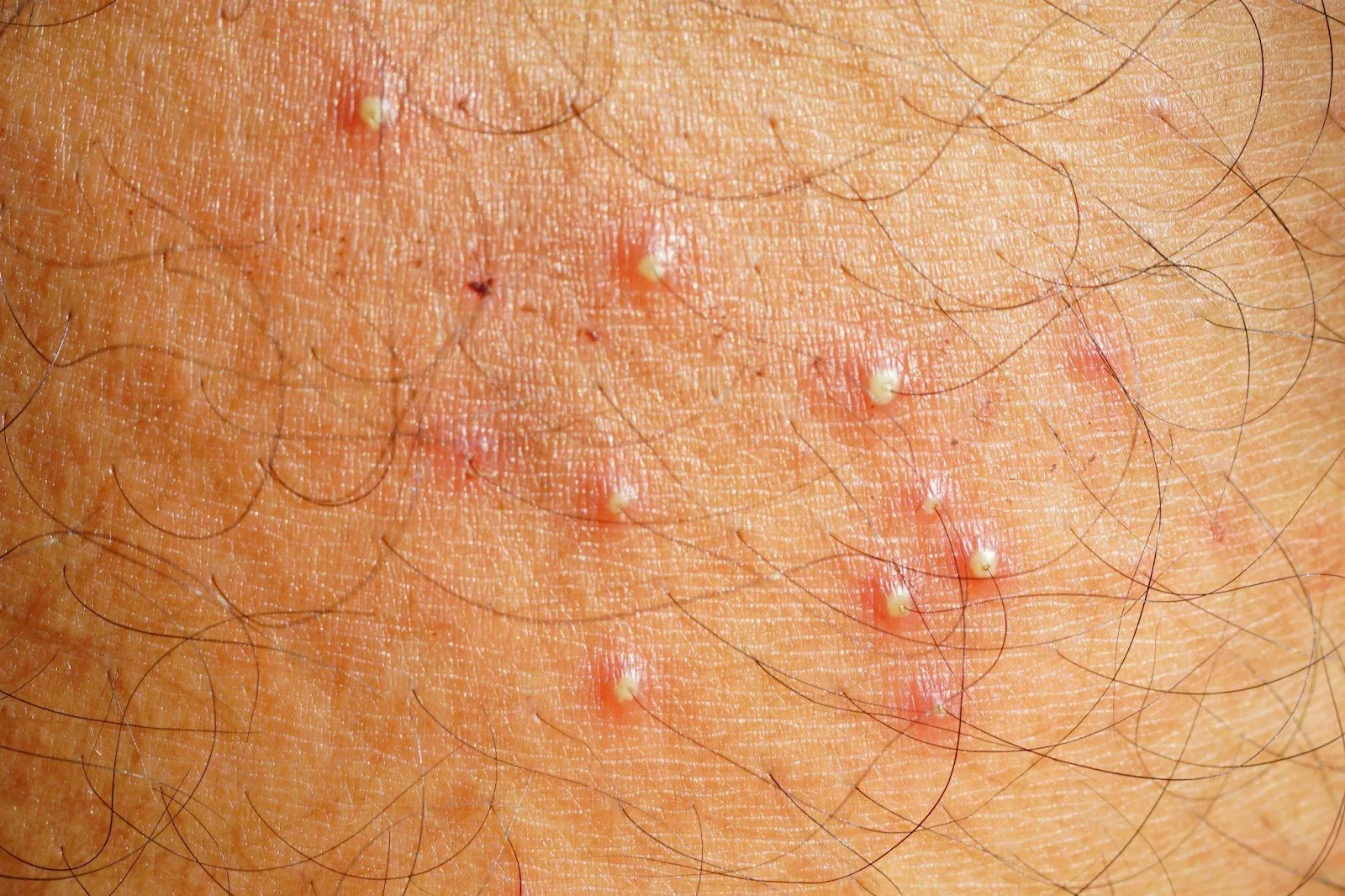
Hirsutism
One of the abnormal findings for scalp and hair assessment
Facial hair on females
A characteristic of Cushing’s disease and results from an imbalance of adrenal hormones or it may be a side effect of steroids
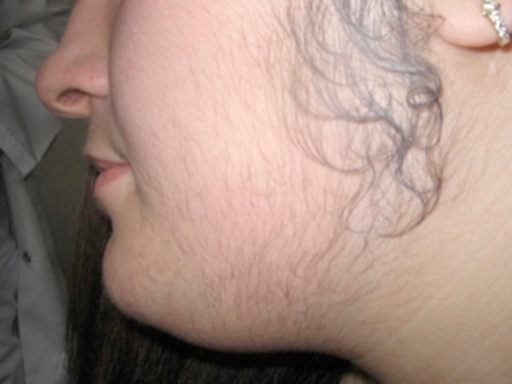
Terminal Hair
A type of hair amount & distribution in the scalp
Covers the scalp, axillary, body, and pubic areas according to normal gender distribution.
Fine Vellus Hair
A type of hair amount & distribution in the scalp
Covers the entire body except for the soles, palms, lips, and nipples.
terminal hair growth
A type of hair amount & distribution
Older women may develop ___ on the chin due to hormonal changes.
True
True or False:
Normal male pattern balding is symmetric
False (common in men)
True or False:
Alopecia is common in toddlers